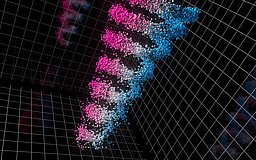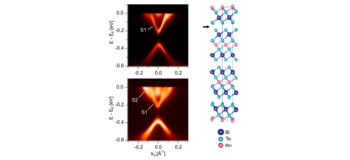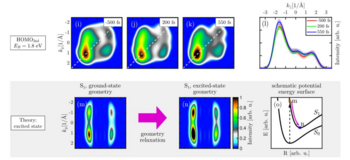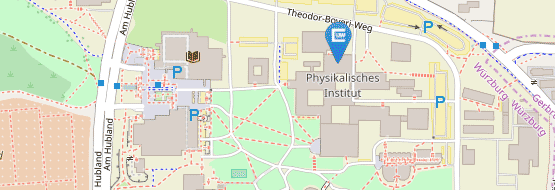Recent Highlights
Imaging Orbital Vortex Lines in Three-Dimensional Momentum Space
Abstract
We report the experimental discovery of orbital vortex lines in the three-dimensional (3D) band structure of a topological semimetal. Combining linear and circular dichroism in SX-ARPES [...]
Physical Review X 15, 011032 (2025)
Press Releases on the Quantum Tornadoe
ct.qmat (English) DESY (English)
Related Publications
Nature Communications 12, 3650 (2021)
Physical Review Letters 122, 116402 (2019)
Physical Review Letters 124, 176401 (2020)
Prediction and Observation of an Antiferromagnetic Topological Insulator
Abstract
Magnetic topological insulators are narrow-gap semiconductor materials that combine non-trivial band topology and magnetic order. Unlike their nonmagnetic counterparts, magnetic topological insulators may have some of the surfaces gapped, which enables a number of exotic phenomena that have potential applications in spintronics, such as the quantum anomalous Hall effect and chiral Majorana fermions. So far, [...]
Related Publications
Physical Review B 100, 121104(R) (2019)
Physical Review X 9, 041065 (2019)
Journal of Applied Physics 128, 135303 (2020)
Ultrafast orbital tomography of a pentacene film using time-resolved momentum microscopy at a FEL
Abstract
Time-resolved momentum microscopy provides insight into the ultrafast interplay between structural and electronic dynamics. Here we extend orbital tomography into the time domain in combination with time-resolved momentum microscopy at a free-electron laser (FEL) to follow transient photoelectron momentum maps of excited states of a bilayer pentacene film on Ag(110). We use optical pump and FEL probe pulses by keeping FEL source [...]
Nature Communications 13, 2741 (2022)
Related Publications
Physical Review Letters 116, 147601 (2016)
Physical Review Letters 117, 183001 (2016)
Physical Review B 98, 195412 (2018)





